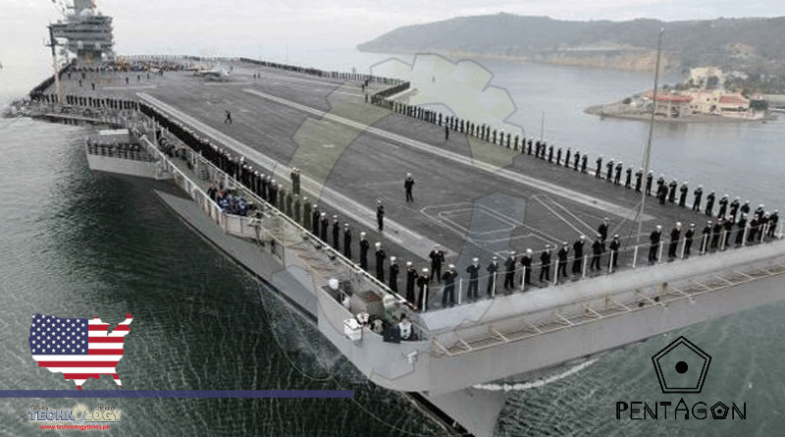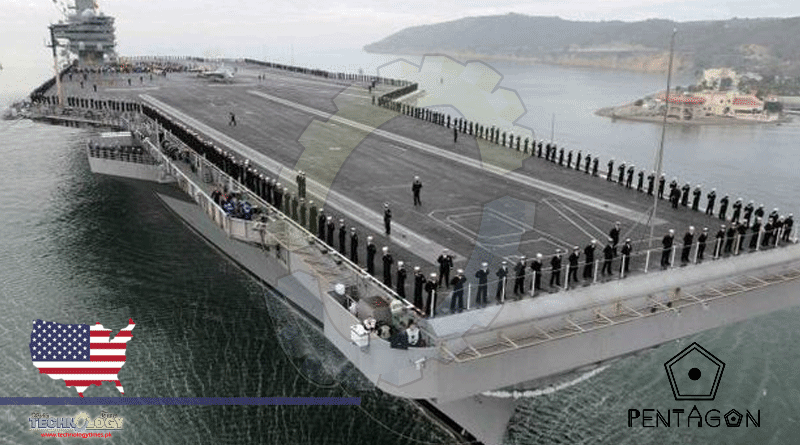USS Ford Is Over 1,100 Feet Long, And Cost $13 Billion To Build: The Most Expensive Ship, And Weapon, In History

The world’s most expensive aircraft carrier finally sets sail! However, the ship’s assessment revealed that the $13.2 billion war vessel could not even carry fighter jets, which is the main reason it was designed in the first place. These are shots of the US Navy’s newest #supercarrier undergoing sea trials. The USS Ford is over 1,100 feet long, and cost $13 billion (!) to build: the most expensive #ship, and weapon, in history. So behold $13 billion making high speed turns at over 30 knots. #warship pic.twitter.com/5DyTaL0FZ6 This is currently a serious matter since aircraft carriers are specifically developed to be the sea base of major fighter jets that protects a country’s borders from sudden foreign attacks. According to Popular Mechanics’ latest report, many new features of the new aircraft vessel are still facing reliability issues ever since the United States Navy commissioned its way back in 2017. Pentagon is the one that carried out the USS Gerard R. Ford’s assessment, revealing that the ship still has unreliable takeoff and landing system technologies.
USS Ford’s difference from other carriers
The Daily Mail UK stated that the new war vessel is very different from the current generation of aircraft carriers. The ship launches planes off its deck and catches them during the landing stage using the advanced Electromagnetic Aircraft Launch System (EMALS). It also features an Advanced Arresting Gear system or AGG. Unlike the new ship, older versions only use a steal-driven catapult for propulsion and hydraulic-engine arresting gear.
The director of testing Robert Behler also said that the unknown or poor reliability of new technology systems, which are essential for the ship’s flight operations, could greatly affect the USS Ford’s capability to perform military practices. These include AGG and EMALS. Pentagon’s assessment was based on 3,975 landing launching operations on the aircraft carrier during 11 post-delivery trials. The tests were performed at sea from November 2019 until September 2020.
The US expects it to perform thousands of launches
The United States expected that the ship’s EMALS system could perform 4,166 launches. However, the ship’s performance was quite disappointing because of operational mission failures. Instead of conducting thousands of launches, the USS Ford was only able to produce 181 cycles between failures. Behler also stated that the result was below the requirement. Pentagon didn’t release the specific details of the problems experienced by the carrier’s EMALS technology. However, the defense department confirmed that the fault came from the power handling system, which was discovered during a manual reset of the system.
This news was originally published at Tech Time’s
